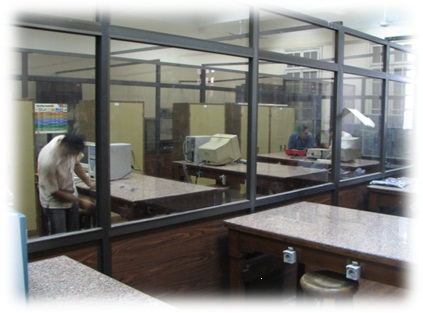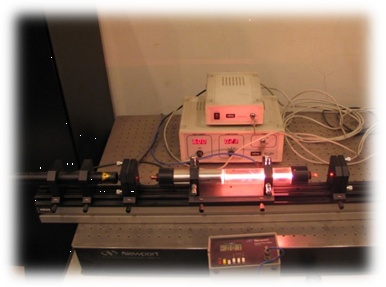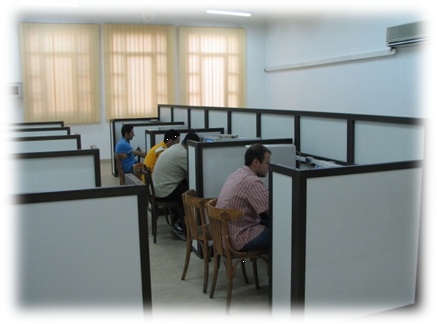Multiple-Channel AD Conversion with a Single Sigma Delta Modulator
Many applications in signal processing such as audio, physiological signals, and brain machine interfaces, require digitizing analog signals from multiple channels. However, designers of such systems are often faced with restrictions that limit their ability to use multiple analog-to- digital (A/D) converters. We approach the problem of multichannel A/D conversion with the unique concept of using fewer A/D converters than channels. To the best of our knowledge, no such approach has been previously proposed.
A native approach to the problem involves modulating the analog signals so that they occupy non over lapping frequency bands and digitizing the sum of the modulated signal. The main drawback of such an approach is that it increases the frequency of operation of the sigma delta A/D converter, adding to power consumption. If several signals are multiplexed using such an approach, or if the bandwidth of the underlying signals is large, such an approach may lead to unfeasible frequency of operation for the sigma delta A/D converter.
In our solution to this problem, we deliberately mix the channels in such a fashion that we can later separate them. Given M channels of analog data, we generate N mixtures of the analog data such that N < M. The A/D conversion is done on the N mixtures. Finally the mixtures are separated into M digitized channels. We show that perfect separation of the input signals after A/D conversion is possible if all input signals are known to have sparse representations involving no more than a fixed number of atoms drawn from a known dictionary. Mixing is done by modulating and spreading some of the input signals so that the total bandwidth of the mixture is slightly larger than that of the original input signals. Under such a scenario, signals can be separated using any method for sparse signal representation. We quantify the amount of bandwidth expansion needed to achieve signal separation and also discuss the design of spreading sequences and dictionaries.




